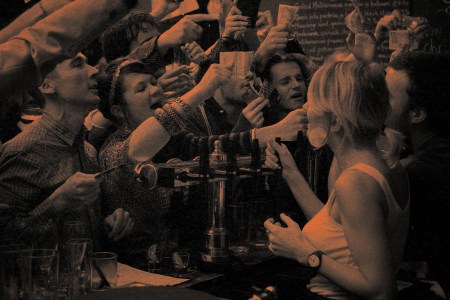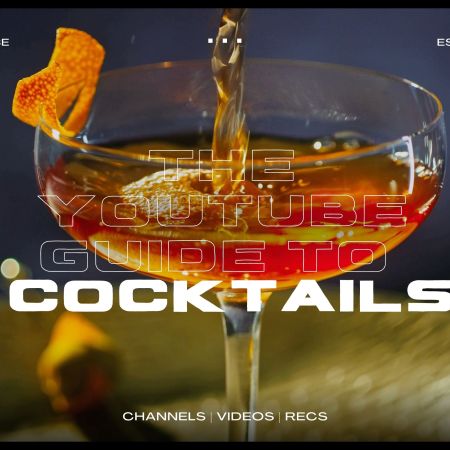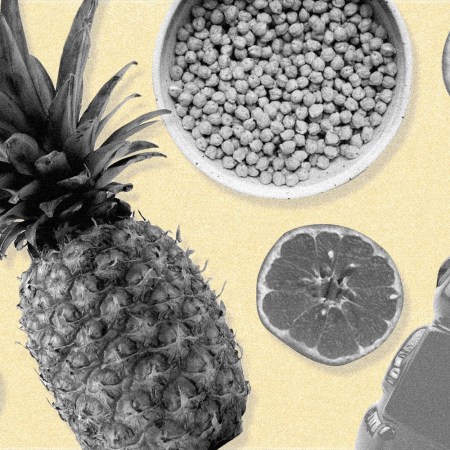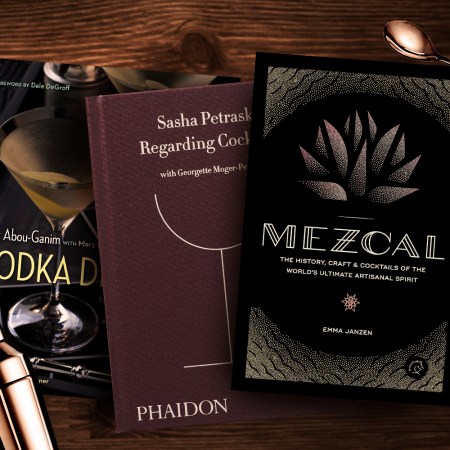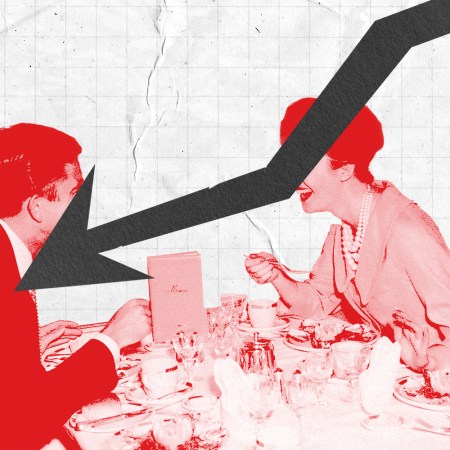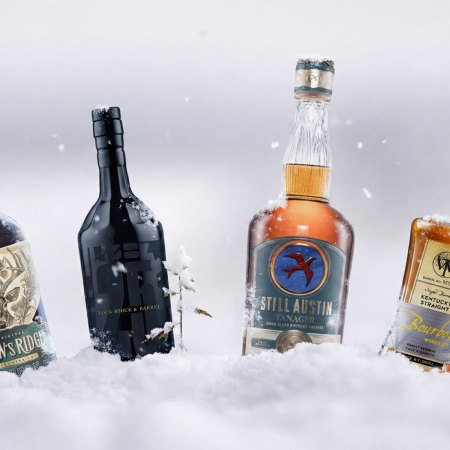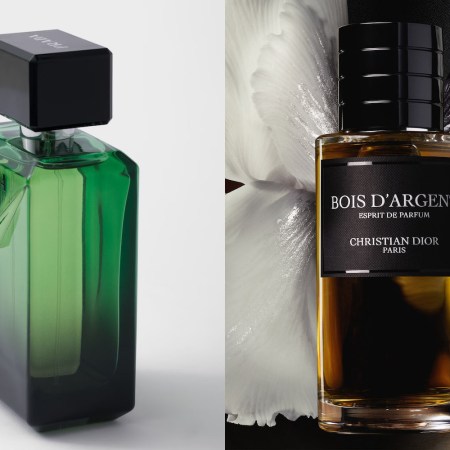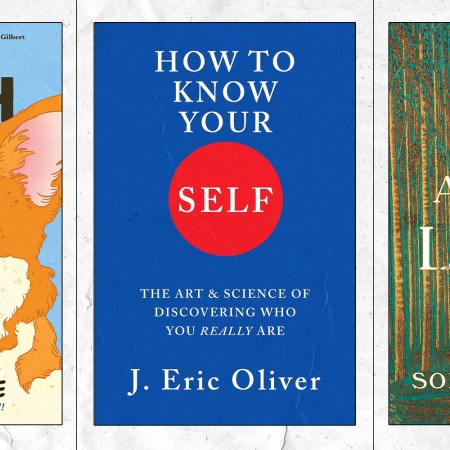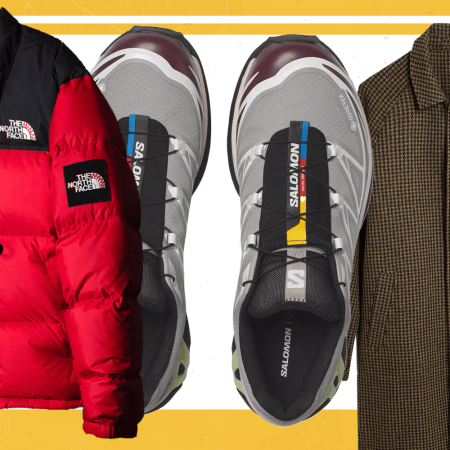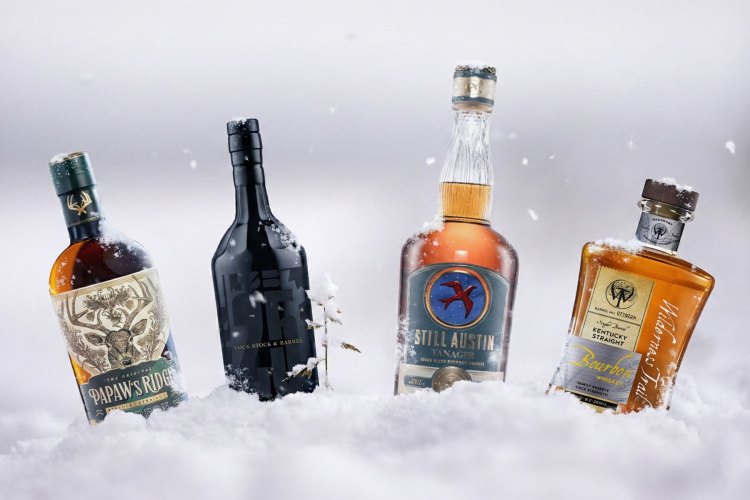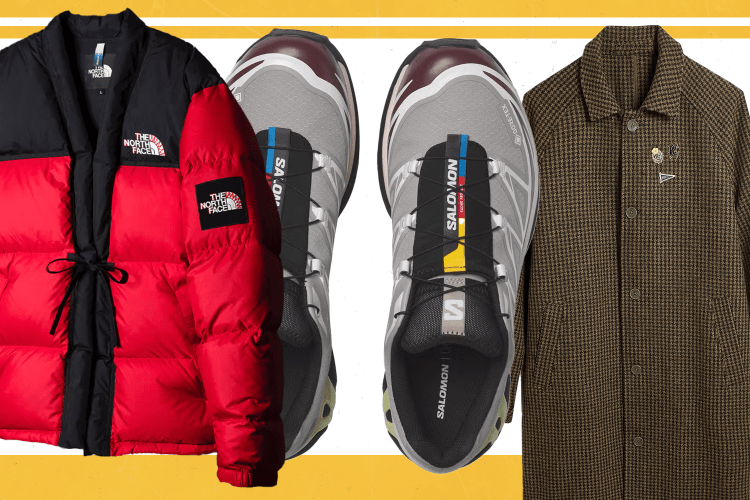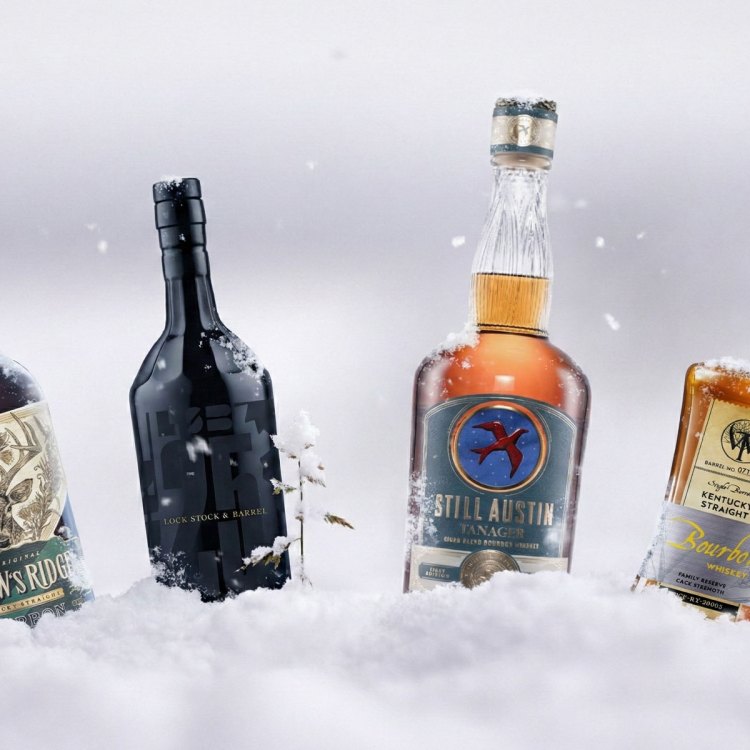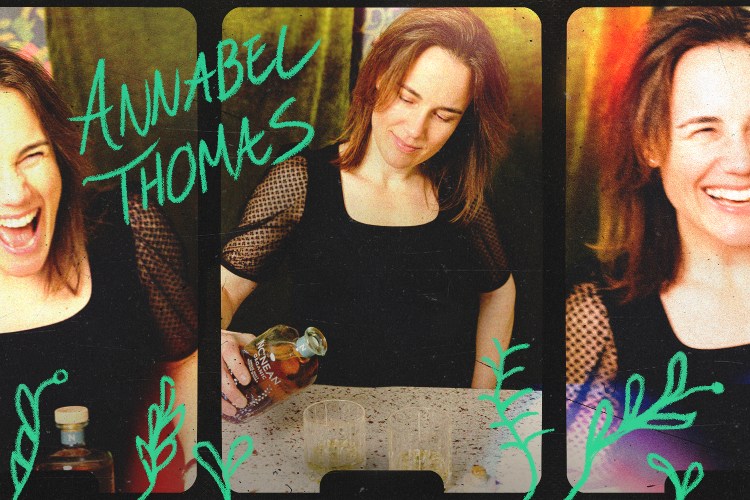Hannah Chamberlain knows her way around a good drink. And as a drinks professional (you might know her best as the mind behind the popular TikTok account @spiritedla) she also knows a thing or two about hosting a good party, treating your bartender properly and generally not being an ass when you imbibe.
All those lessons are now available in How To Be a Better Drinker: Cocktail Recipes and Boozy Etiquette, a handy and funny drinking tome that offers home bartenders and drinks enthusiasts tips on making better cocktails and, more importantly, drinking etiquette.
Don’t be scared by that last word (or by The Last Word, a lovely cocktail with gin, Chartreuse and maraschino liqueur that’s featured in the book). Alcohol brings out some unusual behaviors; Chamberlain is just here to improve everyone’s vibes, yours included.
“While etiquette sounds stuffy and brings to mind a behavioral desiccant packet designed to suck the juice out of human interaction, the purpose of good etiquette is the reverse,” she writes. “It’s about bringing people closer together and creating an optimal environment for enjoyment. It’s about avoiding little thoughtless behaviors that create distance between us and treating one another with respect, consideration, and kindness.” (Can you tell Chamberlain once pursued a PhD in Cold War dissident history?)

There are sections in Chamberlain’s book on good bar behavior, what to do when you overdo it and the virtues of being a good guest at a party, but since we’re coming up on St. Patrick’s Day, the following excerpt is a guide to cheers-ing your friends and bar mates. Plus, we offer up Hannah’s take on an Espresso Martini, purposely built for March 17 (it includes Guinness!).
Cheers Etiquette by Hannah Chamberlain
While most etiquette is grounded in common sense and kindness, cheers etiquette is a bizarre, arcane, confusing dance of arbitrary insanity. But that doesn’t mean it shouldn’t be followed.
It’s been theorized that clinking our glass against another’s started in the Middle Ages (Natalie LaVolpe, Farmer’s Almanac), and it was believed that the right combination of clinking drinking vessels and yelling could scare off evil spirits. You got bonus points for bashing your glasses hard enough to cause spillage, because evil spirits would drink your spilled booze rather than haunt you. And the practice of pouring some out for one’s deceased companions is with us to this day.
9 Lessons About Better Bar Etiquette We Learned During the Pandemic
We beecame a better class of drinkers during COVID. Let’s not go back.Another theory for why we clink is that in the Middle Ages, it wasn’t uncommon for your drinking buddy to try to poison you: it was a good safety measure to whack your vessel very hard into your drinking companions’ vessel to cause an exchange of fluid (Sydney Morning Herald, July 10, 2004). That way, if they killed you, you’d have the satisfaction of knowing they would die too. Those people needed new friends.
While, thankfully, ghosts and poison are less of a concern than hangovers today, clinking your glass against another without following the proper rules can still cause offense. Here’s how to be a better toaster:
1. Make eye contact: When smashing a delicate, liquid-filled vessel into another delicate, liquid-filled vessel, you may feel it’s wise to keep your eye on it. Resist this very logical impulse. Many cultures have superstitions regarding the necessity of eye contact while clinking glasses (in France, Germany, or the Czech Republic, a lack of eye contact can sentence one to . . . unsatisfying boinking for an extended period of time) (Josh Malin, VinePair). Whether it’s to prevent the consequences of this superstition or to avoid offending those with long-held cultural traditions, you may have to offer up a white tablecloth every now and then in sacrifice to the etiquette gods.
Alternatively, some modern etiquette coaches advise people to swap out clinking in favor of simply raising a glass during a toast in an effort to prevent damage to glassware and spills on carpets (also to prove that they’re not afraid of ghosts, I guess) (Mary M. Mitchell, Reuters). Personally, if someone is going in for glass-to-glass contact, I wouldn’t want to clink-shame them.

2. Clink equitably: This one makes a little reasonable sense. Don’t bonk the top of your drinking companion’s glass with the bottom of yours. That’s like asking to shake their hand with your foot. The bottom of your glass is germy; the top of theirs is where the mouth goes. It feels very “kiss my ring” to clink the bottom of your glass, so unless you’re trying to exert dominance through small-scale biological warfare, avoid this.
3. Toasting with water: Superstition once again rules that this can bring bad luck. According to US military legend and the U.S. Navy’s Mess Night Manual, toasting with water may cause death by drowning. However, in an age where sobriety-shaming is no longer considered cute, this rule has become more complicated: would you rather risk potential death by drowning or calling unnecessary attention to your sober coworker? The decision is up to you.
4. Clinking the table: This rule is particularly important if you’re given a shot by someone who works in the hospitality industry. The tapping of the table is symbolic: it indicates appreciation of the unsung heroes of the bar (Emily Saldano, VinePair). The dishwashers, the barbacks, the suppliers: everyone who made your drinking experience possible. Clinking the table is a way to show respect and gratitude, and especially when you’re gifted a free shot at a bar, it’s highly important.
5. When you’re the object of the toast: Good manners dictate that you should never drink or raise a glass when you’re the object of the toast. It can look a little smug.
Good luck!

And here’s an Espresso Martini variation from Chamberlain, perfect for clinking glasses with your bar friends.
St. Patrick's Day Espresso Martini
Prep Time: 5 mins
Cook Time: 5 mins
Total Time: 10 mins
Servings: 1
Ingredients
- Large, dense cubed ice, for shaking
- 2 ozs. Irish whiskey
- 1 oz. fresh espresso
- .5 oz. Guinness Syrup*
- 4 espresso beans, for garnish
Directions
-
-
Fill a cocktail shaker with ice, then add the whiskey, espresso, and syrup. Shake vigorously until you feel like you’re burning calories—the more your arms hate you, the better the crema (the foamy layer) you’ll get on top of your espresso martini. Double strain (using a Hawthorne and fine-mesh strainer) into a coupe. Garnish with espresso beans in the shape of a four-leaf clover and serve.
-
*Guinness Syrup: Add one cup Guinness to a medium saucepan and bring to a simmer over low heat, then stir in one cup demerara sugar until it dissolves. Allow it to cool, then store the syrup in a mason jar in the fridge. Makes 1.5 cups. Use it within 5-7 days.
-
Every Thursday, our resident experts see to it that you’re up to date on the latest from the world of drinks. Trend reports, bottle reviews, cocktail recipes and more. Sign up for THE SPILL now.


